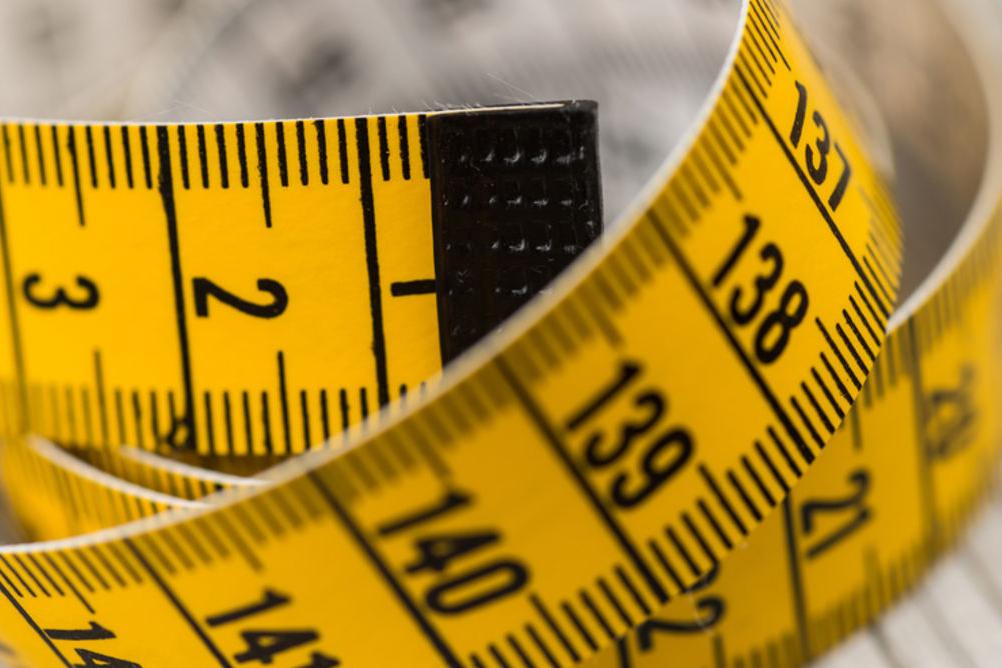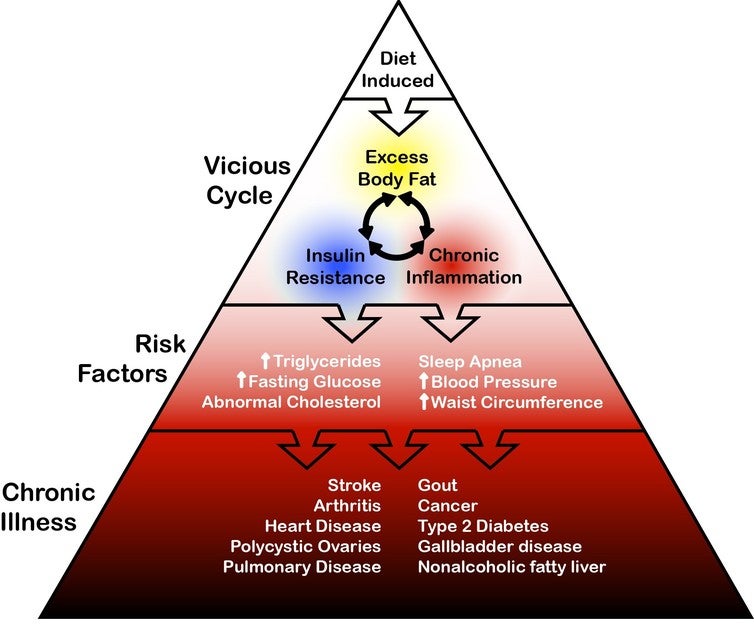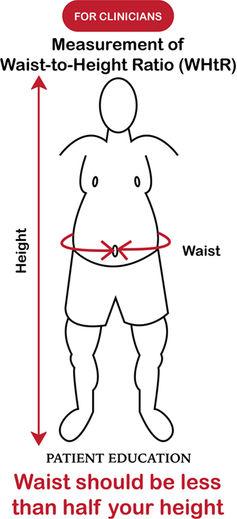Are you ‘overfat’? Here are the best ways to tell
A study finds that 90 per cent of men are 'overfat'. But by what measure?

Your support helps us to tell the story
From reproductive rights to climate change to Big Tech, The Independent is on the ground when the story is developing. Whether it's investigating the financials of Elon Musk's pro-Trump PAC or producing our latest documentary, 'The A Word', which shines a light on the American women fighting for reproductive rights, we know how important it is to parse out the facts from the messaging.
At such a critical moment in US history, we need reporters on the ground. Your donation allows us to keep sending journalists to speak to both sides of the story.
The Independent is trusted by Americans across the entire political spectrum. And unlike many other quality news outlets, we choose not to lock Americans out of our reporting and analysis with paywalls. We believe quality journalism should be available to everyone, paid for by those who can afford it.
Your support makes all the difference.Around 90 per cent of men and 50 per cent of children in developed countries are “overfat”, according to a new study published in Frontiers in Public Health. Most people will be alarmed by these figures... and the fact that a new term (“overfat”) seems to have emerged overnight. What happened to “overweight” and “obese”? Are there different ways of measuring body fat?
Being overweight or obese is normally classified using the body mass index (BMI) system. But BMI is controversial because it doesn’t actually take the amount of a person’s body fat into account, just their total body weight and their height. This means that short, heavily muscled people can be classified as obese. If body fat is measured instead of body mass, then it is thought that around 70 per cent of people are “overfat”, or carrying enough excess body fat that it could impair their health.
Although body fat is essential for normal health, in excess, it is a risk factor for a number of diseases, including type 2 diabetes, heart disease and some cancers. This means that measuring body fat is very important, because it allows us to predict a person’s risk of developing one of these diseases.
It has been shown that BMI fails to identify around half of people with excess body fat, making its use questionable. This means that many normal weight (BMI of 20-24.9) but overfat people may be unaware of the risks that their body fat poses to their health.
When measuring body fat, there are a number of factors that have to be taken into account, and these factors influence which method is used. These include accuracy, invasiveness, cost, availability and ease of use.

The reason BMI is still universally used by healthcare professionals is that it is cheap, non-invasive, and easy to understand and explain. This can also be said, however, of other methods that can better discriminate between body weight and body fat. Other methods also exist that are significantly more accurate at estimating body-fat levels, but these are often impractical or expensive to use.
The high-tech approach
The best way to accurately assess the amount of body fat a person has is to use imaging technology to scan inside the body. These scans include well-known imaging techniques such as MRI or CT scans, but also lesser known techniques, such as dual-energy X-ray absorptiometry or DEXA scans.
The DEXA scan uses X-rays to give highly accurate measurements of the total weights of fat, lean tissue and bone minerals. This level of information and accuracy makes DEXA stand out among methods of estimating body fat. Importantly, though, there are relatively few DEXA scanners available worldwide and their cost is prohibitive – both to buy and to run.
Other sophisticated technologies exist which are much cheaper and more readily available than imaging, but at a cost to their accuracy. Bioelectrical impedance analysis (BIA) is a non-invasive, low-cost and increasingly common approach for measuring the composition of the body, including body-fat percentage.
This method uses the natural property of electrical resistance that body fat exhibits. Usually, a multi-frequency electrical impulse will be passed through the body between electrodes and an algorithm estimates the level of resistance the percentage of body fat presents. Unfortunately, this method underestimates body fat and is easily biased by eating, drinking or exercise. Although BIA is cheap and available, it is not a gold standard measurement because of its accuracy issues.
… and the low-tech
Beyond high-tech methods, there are simple, non-invasive and cheap ways to estimate body fat that have been shown to be very good at predicting cardiovascular disease risk. These methods are based on measuring the circumference of the waist with a tape measure and comparing it either to the circumference of the hips (waist-to-hip ratio) or height (waist-to-height ratio).
For waist-to-hip ratio, a diagnostic point of 0.9 for males or 0.85 for females for obesity has been suggested by the World Health Organisation (WHO). For example, a woman with a 34in (86.4cm) waist and 40in (101.6cm) hips has a waist-to-hip ratio of 0.85. Waist-to-hip ratio has been shown to be better than BMI at predicting cardiovascular disease. This method is simple and cheap and, as long as the tape measure is placed at the correct locations, provides good data.

When considering all the factors listed above, possibly the best method for estimating body fat is waist-to-height ratio – the method that was used in the study mentioned earlier that determined that up to 90 per cent of men in the developed world are overfat. The standard way to measure waist-to-height ratio is similar to waist-to-hip, only this time you substitute your height for your hip circumference. A healthy ratio should be 0.5, so your waist circumference should be half your height. For example, a man who is 6ft tall (183cm) with a 36in (91.5cm) waist has a waist-to-height ratio of 0.5.
Although this method has existed for some time, a newer way of measuring waist-to-height has evolved. This method divides waist size by the square root of height and has been suggested to be the best measure of fat-derived disease risk of all because it gives a reading that works for pretty much everyone, independent of how tall or short they might be.
Waist-to-height ratio has also recently been suggested as being better than BMI at predicting heart disease, while a meta-analysis of studies suggested that waist-to-height ratio is a better screening tool for cardiometabolic disease (diabetes, heart disease and stroke) than waist circumference or BMI.
Getting the message across that BMI isn’t the be-all and end-all of metabolic health is important, and for this a clear message is needed. Unless significant steps are made to improve the accuracy of BIA or reduce the cost of DEXA, measurements like waist-to-height ratio are likely to be the best hope of accurately estimating just how overfat we really are in the coming years.
These measurement-based tests are incredibly cheap and easy to perform and are backed by a wealth of published data that shows that they outperform BMI. The time for them to be universally adopted by healthcare professionals is long overdue.
James Brown is a lecturer in biology and biomedical science at Aston University. This article was originally published on The Conversation (www.theconversation.com)
Join our commenting forum
Join thought-provoking conversations, follow other Independent readers and see their replies
Comments